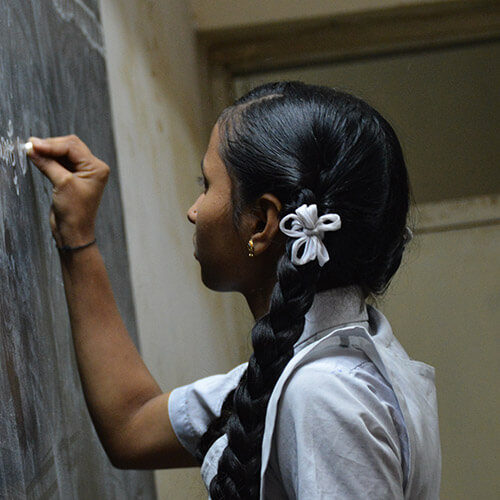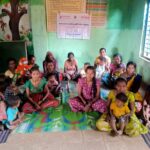To combat child malnutrition in India, NGOs like ANNADA constantly seek innovative approaches to bridge the nutrition gap and promote sustainable solutions. One critical decision often arises is whether to adopt a decentralized or centralized kitchen model. Both have their merits and at ANNADA, we recognize the importance of balancing these approaches to address the complex challenges of malnutrition effectively.
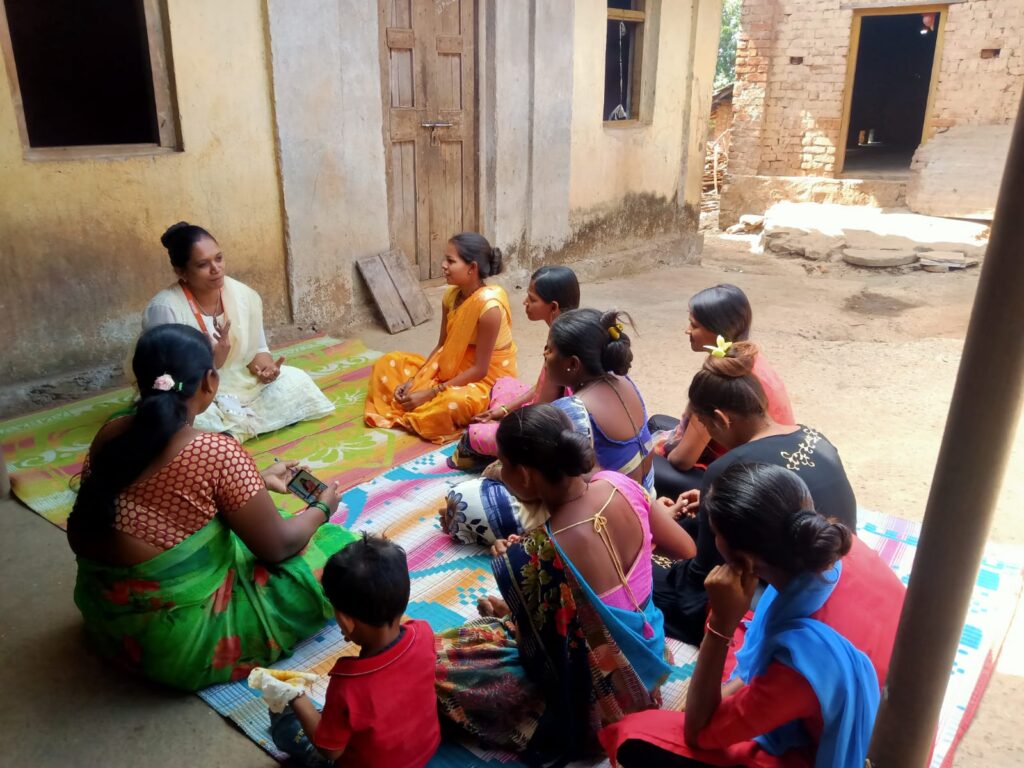
Let’s delve into the intricacies of both models:
Decentralized Kitchen:
In a decentralized kitchen model, nutritious meals are prepared and distributed at local levels, typically within communities or smaller clusters. This approach offers several advantages:
Community Engagement: Decentralized kitchens foster strong community engagement by involving local stakeholders in meal preparation and distribution. This empowers communities and ensures cultural relevance and acceptance of the food provided.
Tailored Solutions: Each community faces unique nutritional challenges and dietary preferences. Decentralized kitchens allow for greater customization of meal plans to address specific nutritional needs and preferences of the target population.
Last-Mile Reach: By decentralizing kitchen operations, NGOs can effectively reach remote and marginalized areas where centralized facilities may be impractical or inaccessible. This ensures that no child is left behind in the fight against malnutrition.
However, decentralized kitchens also present challenges such as logistical complexities, varying quality standards, and the need for extensive community mobilization and training.
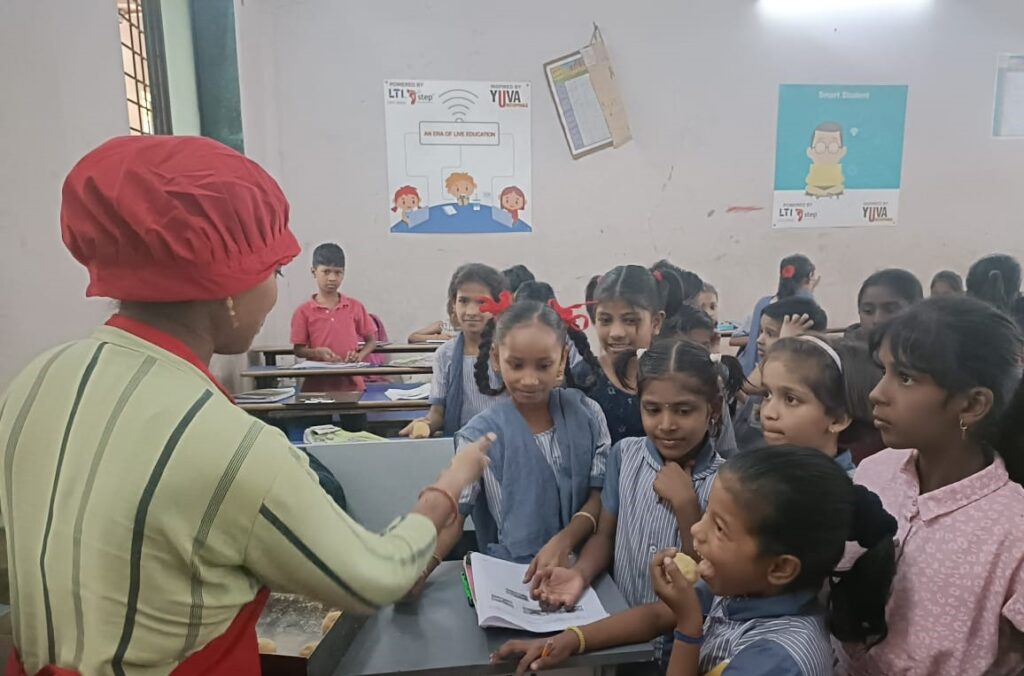
Centralized Kitchen:
In contrast, centralized kitchens operate on a larger scale, serving multiple communities or regions from a single location. Here are some benefits associated with this approach:
Economies of Scale: Centralized kitchens can leverage economies of scale to streamline operations, optimize resource utilization, and reduce overall costs. Bulk procurement of ingredients and centralized food production can result in significant cost savings.
Quality Control: Centralized kitchens offer greater control over food safety standards, hygiene practices, and nutritional consistency. Standardized processes and trained staff ensure that meals meet nutritional guidelines and safety regulations.
Efficiency in Distribution: With centralized distribution networks, NGOs can efficiently transport meals to various locations, minimizing logistical challenges and ensuring timely delivery to beneficiaries.
Despite these advantages, centralized kitchens may face criticism for being disconnected from local communities and needing more flexibility to address diverse dietary preferences and cultural nuances.
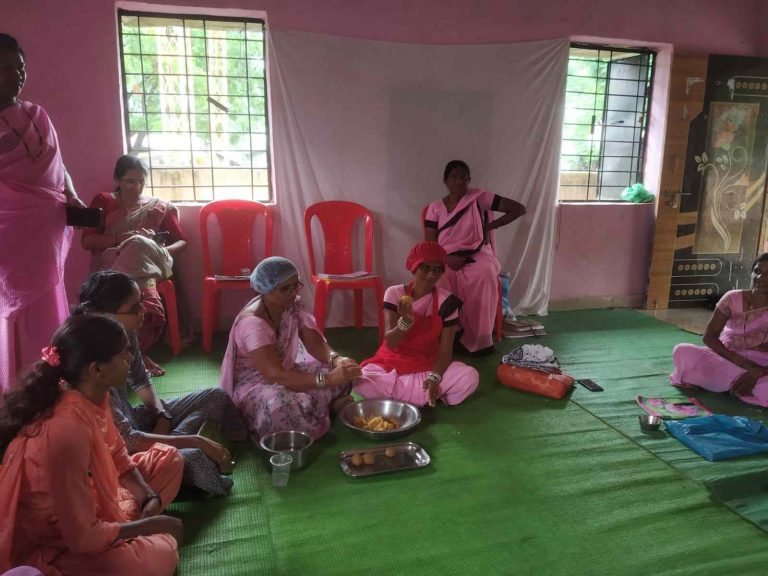
A Balanced Approach:
At ANNADA, we believe in harnessing the strengths of both decentralized and centralized kitchen models to optimize our impact on child malnutrition. By adopting a hybrid approach, we can capitalize on the advantages of each model while mitigating their respective limitations.
Our Three-Pillar Model emphasizes the importance of community engagement, sustainability, and scalability in combating child malnutrition. We collaborate closely with local communities, frontline workers, and government agencies to ensure our nutrition interventions are contextually relevant, culturally sensitive, and evidence-based.
Through nutrition adequacy, awareness, and advocacy initiatives, we strive to bridge the nutrition gap, promote healthy behaviors, and catalyze systemic change at the grassroots and policy levels.
In conclusion, the choice between decentralized and centralized kitchen models is not binary but contextual and dynamic. By embracing a balanced approach and continuously adapting our strategies, we can pave the way for a healthier and brighter future for India’s children.
Join us in our journey to end child malnutrition. Together, we can make a difference, one nutritious meal at a time.





